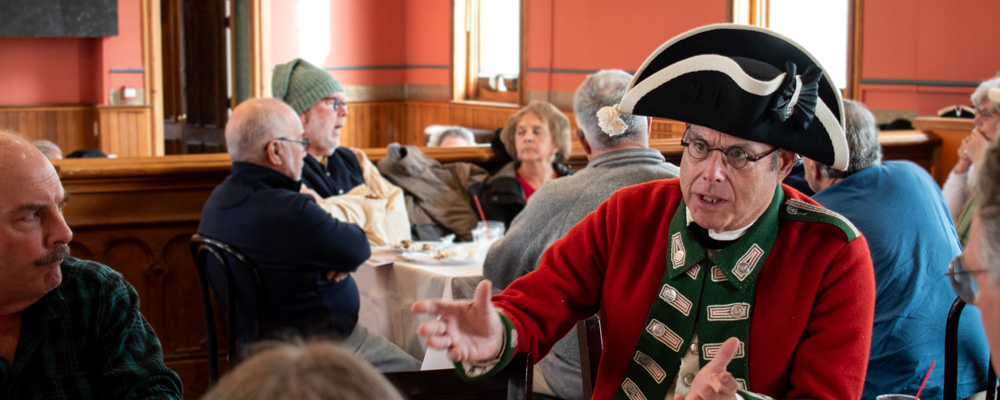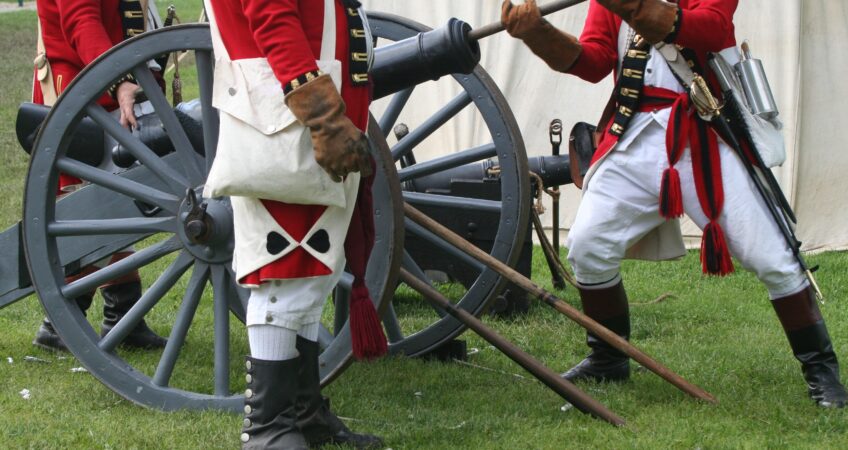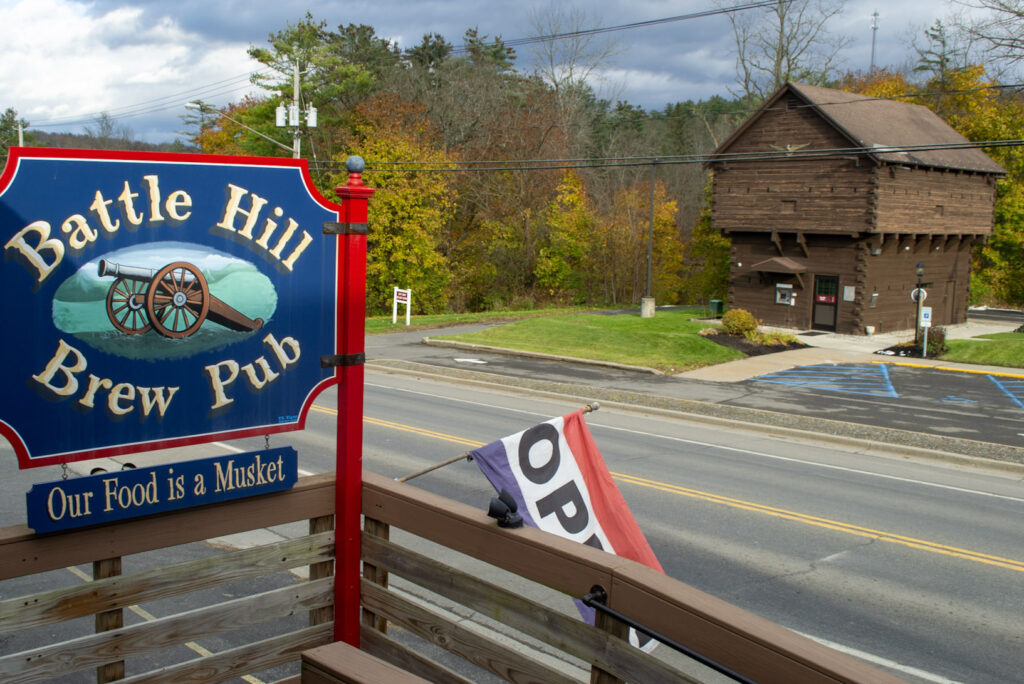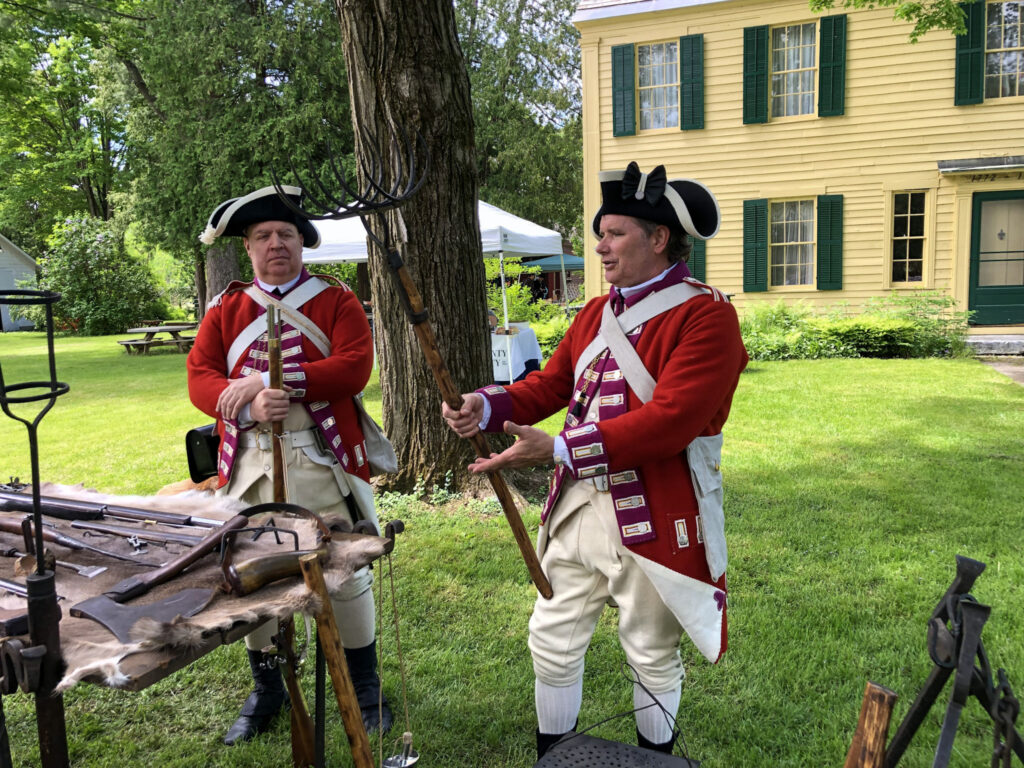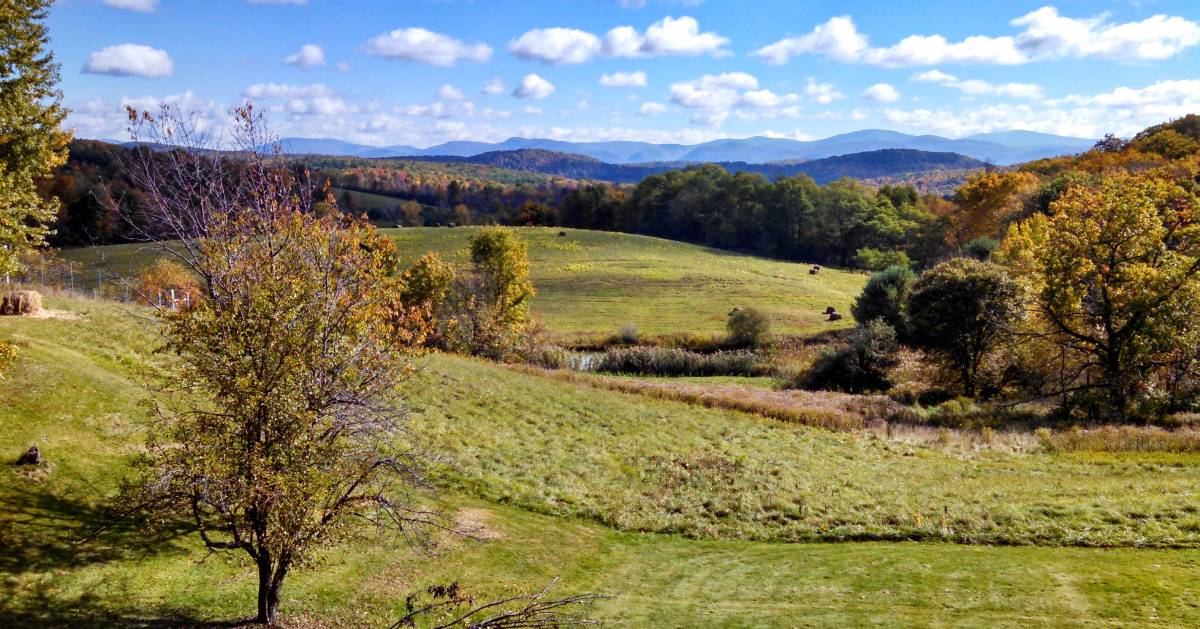Did you know Washington County, NY played a crucial role in the American Revolution? Many of the key decisions made in the months leading up to the British defeat during their Saratoga Campaign happened right here.
In the summer of 1777, General John Burgoyne led a British army from Canada down the Champlain Valley in an attempt to capture Albany and split the American colonies in two. The campaign ended in disaster for Burgoyne, who was forced to surrender at the Battle of Saratoga.
Today, visitors can explore these historic sites and learn about the important role that Washington County played in the fight for independence! Several key spots within Washington County, NY bore witness to the momentous events that unfolded during this pivotal period in American history. In this article, we’ll explore some of these historic sites and discover how they helped turn the tide of the war in the Americans’ favor.
See Where History Happened While Exploring the Turning Point Trail
If you’d like to fully experience our area’s rich cultural heritage and stunning natural beauty, you’ll want to dive into our two history-focused audio tours: the Road to the Battle of Bennington and the Turning Point Trail!
Focused on the Saratoga Campaign, The Turning Point Trail is a great way to learn about the role local geography played in the Revolutionary War! This 30-mile driving trail connects several historic sites, allowing visitors to follow along to learn about the skirmishes and events that shaped the future of our nation.
Whether you’re a history buff or outdoor enthusiast, the Turning Point Trail offers you a unique chance to experience the turning point of the war, which led to the surrender of British General John Burgoyne and his army in the summer of 1777.
Burgoyne’s army, comprised of seasoned British regulars, German mercenaries, and Native American allies, began as a formidable force. They were well-equipped with artillery, supplies, and a strong sense of purpose. As they marched through Washington County, they encountered a landscape dotted with rolling hills, dense forests, and winding rivers. The terrain presented both opportunities and challenges for Burgoyne’s army, shaping the course of their campaign and sealing their fate.
Step Back in Time at These Significant Historical Locations from the Saratoga Campaign
Today, visitors following the Turning Point Trail can still see the following sites involved in the Saratoga Campaign! After winning at Fort Ticonderoga, Burgoyne decided to approach Albany by land rather than river, which changed the course of the war by splitting his soldiers from the bulk of their supplies. Here are some of those vital locations explored during the audio tour:
Putnam Pocket Park – The first Washington County, NY location on the Trail, this park offers breathtaking views of the Adirondack mountains, as well as the Hubbardton Battlefield, the only battle from the war entirely fought in Vermont.
Drowned Lands Pocket Park – This small park overlooks the rolling hills and marsh within which Burgoyne and local resident Colonel Philip Skene traveled and made further plans to win the war.
Whitehall – founded by Philip Skene and locally known as the “Birthplace of the U.S. Navy,” the town then known as Skenesborough was raided for supplies in 1775 by Rebels Ethan Allen and Benedict Arnold. Most of the town was put to fire, while Burgoyne settled into the only building remaining: Skene Manor. Stop by the Skenesborough Museum to learn more!
Fort Ann – In Fort Ann, the American Rebels fleeing from Fort Ticonderoga (and later Whitehall) fought the British to a draw at the Battle of Fort Ann. There is a plaque to commemorate the battlefield, but it’s recommended you park at the Fort Ann Pocket Park. This small town was home to 5 different fortifications throughout American history! Support small business & pay homage to local history while you grab a bite to eat at the nearby Battle Hill Brewing, across the street from the replica blockhouse now serving as a bank. The first blockhouse (technically on Philip Skene’s property) was burned down as the Americans retreated.
Kingsbury – In their campaign south toward Fort Edward, Burgoyne and his men had to traverse 21 miles of forest and march, spending 3 weeks building over 40 bridges just to get through. This “moving city” moved at a rate of about 1 mile per day.
Fort Edward – Stories of the “atrocities” committed by Burgoyne’s Native allies began to circulate, including that of the Allen Family Massacre. This meant the swell of Loyalist support did not come; instead, many settlers began supporting the Patriots. The story that captivated local attention, though, was that of Jane McRea’s murder, which caused people to panic and flee the area.
The Old Fort House Museum – Once Burgoyne reached Fort Edward, he made the Old Fort House his headquarters while stockpiling supplies. From here, Brunswick Lieutenant Colonel Friedrich Baum was dispatched to raid a Rebel supply depot in Bennington, VT.
Leaving Fort Edward – To continue south, Burgoyne needed horses, carts, oxen and more supplies, and his supply train stretching back to Canada was running thin and difficult to defend. He decided to cut it off and stock up 30 days of supplies with which to march on the Rebels.
Fort Miller – The Americans’ first decisive victory in Bennington rallied more people to their cause. Burgoyne stayed in Fort Miller for awhile while building up his supplies, preparing his men for the next steps.
Saratoga Pocket Park/Hudson Crossing Park – To cross the Hudson and continue his Saratoga Campaign, Burgoyne had his men lash together rowboats, laying planks across the top to form a bridge of boats.
Of course, these are just a few of the many historic sites in Washington County, NY, that bore witness to the Saratoga Campaign of the American Revolution. By exploring these sites, visitors can gain a deeper understanding of the events that shaped our nation.
Want to see history come to life? Explore Washington County’s history-focused events, celebrating nearly 250 years of American history. Or, follow our 250th Facebook page.
Related Saratoga Campaign Sites To Visit Beyond Our Borders
Naturally, this story expands well beyond Washington County’s borders! Here are a few more historic locations nearby you’ll want to check out on your visit to Northern New York:
Fort Ticonderoga – This 18th-century fort was the site of one of the most important battle of the American Revolution. Visitors are welcome to tour the fort, watch historical reenactments, and learn about the role it played in the war.
Saratoga National Historic Park – Technically, there were two Battles of Saratoga: The Battle of Freeman’s Farm and the Battle of Bemis Heights. Together, they served as the Turning Point of the American Revolution. You can learn about both of them when you visit this historic park in Saratoga County.
The Bennington Battle Monument: Commemorating the Battle of Bennington, a major American victory, this monument stands where the old supply depot once did. However, you can visit the actual battlefield: the Bennington Battlefield near Walloomsac, NY.
Want to know more about Washington County, New York?
Looking for more fun things to do during your trip? Find unique experiences, unforgettable museums, scenic golf courses and world-class wineries right here in Washington County, NY! Or, you may want to check out our variety of hiking, fishing, learning and shopping opportunities.
And finally, why not explore places to stay, from unique farm stays to camping & glamping options?
Still looking for more cool stuff to do? Check out our experiential Trails, exploring everything from antiques, maple and fiber to ice cream, hands-on experiences and haunted places!
